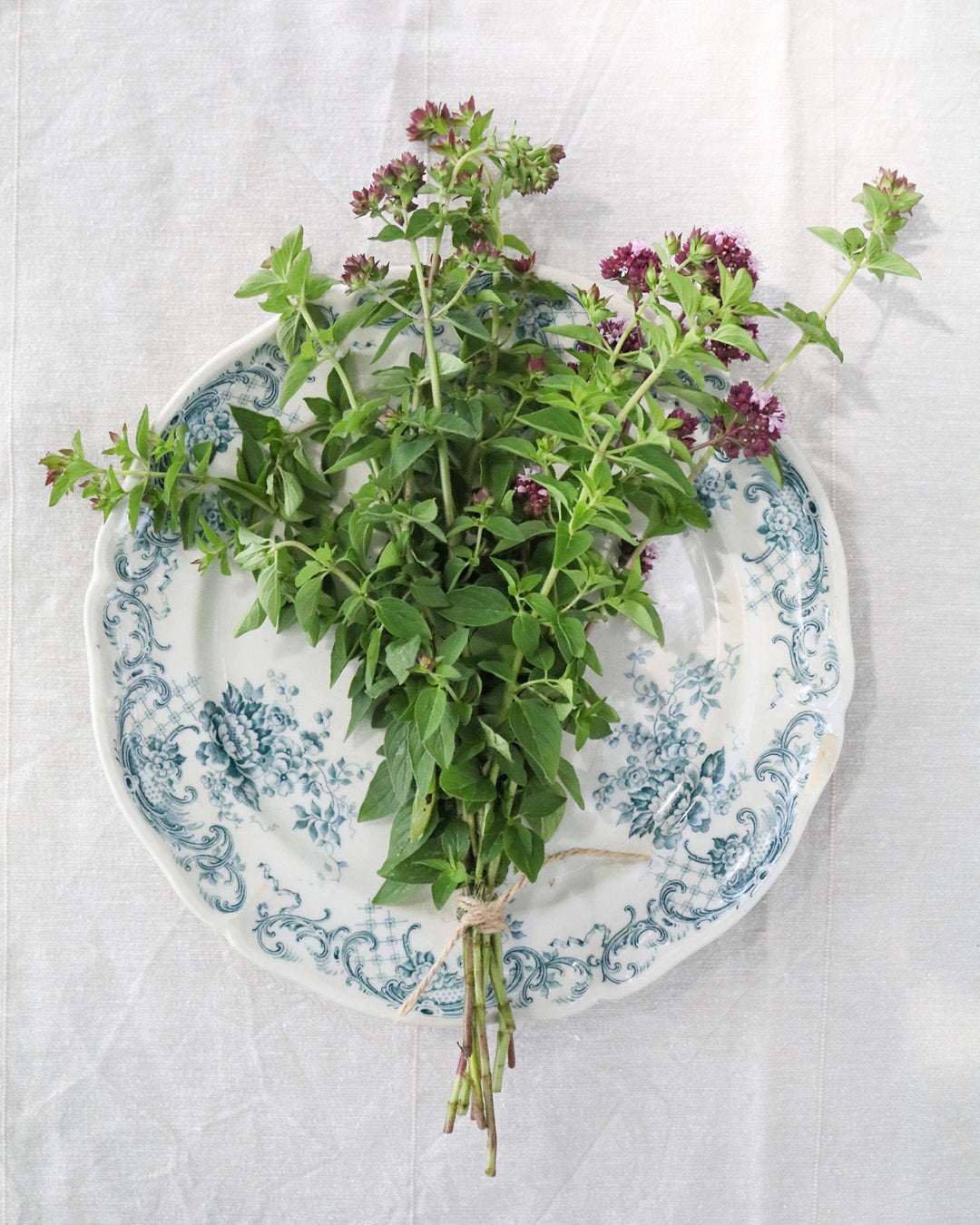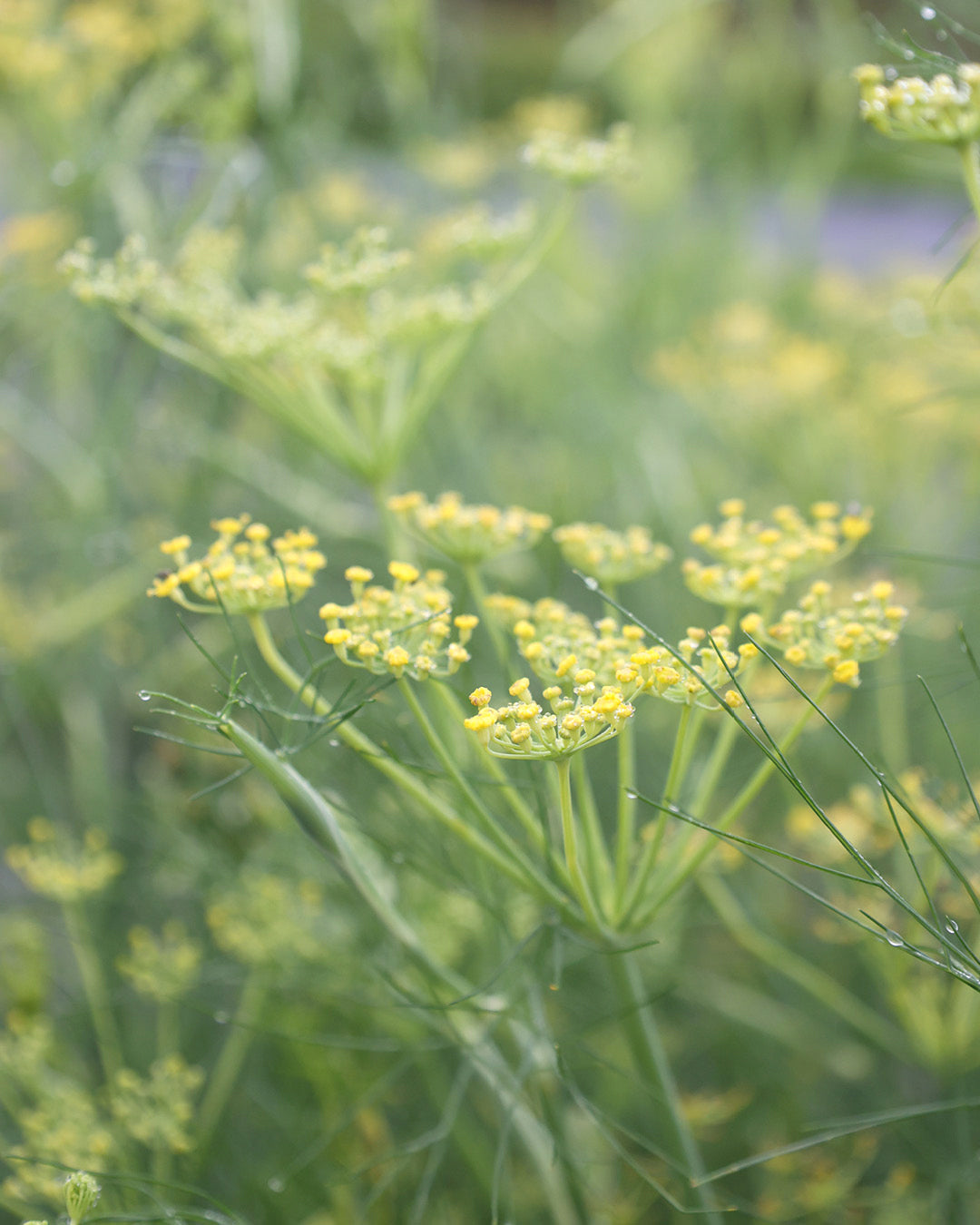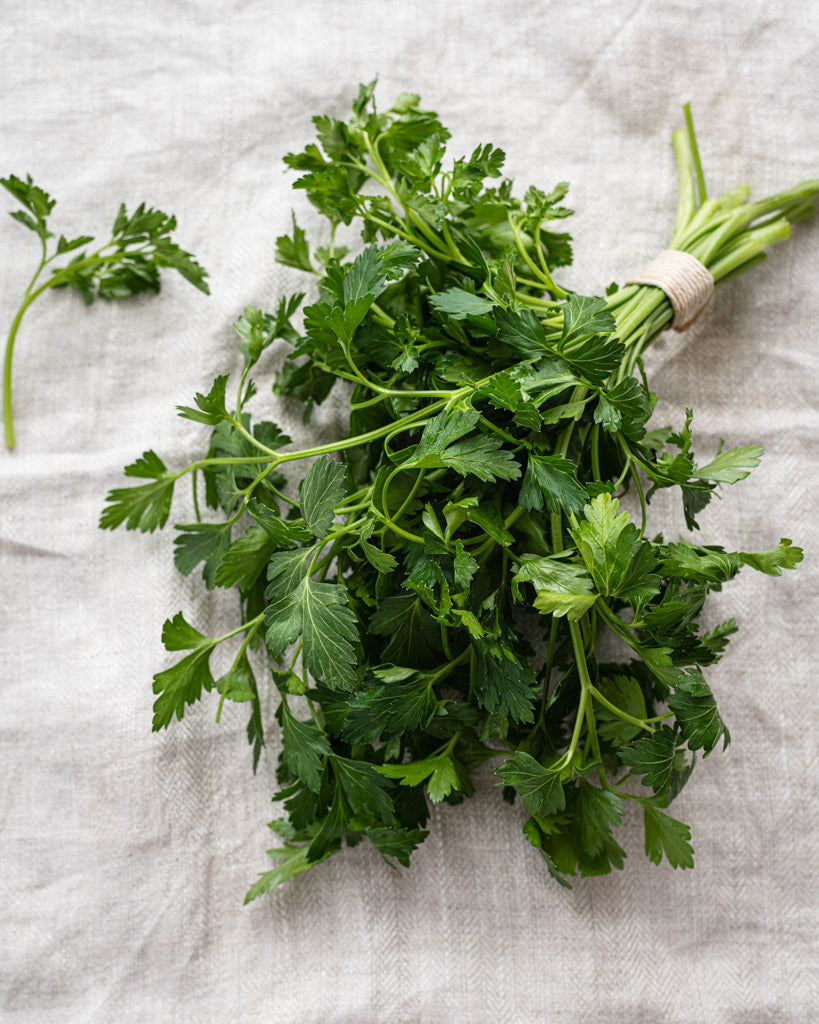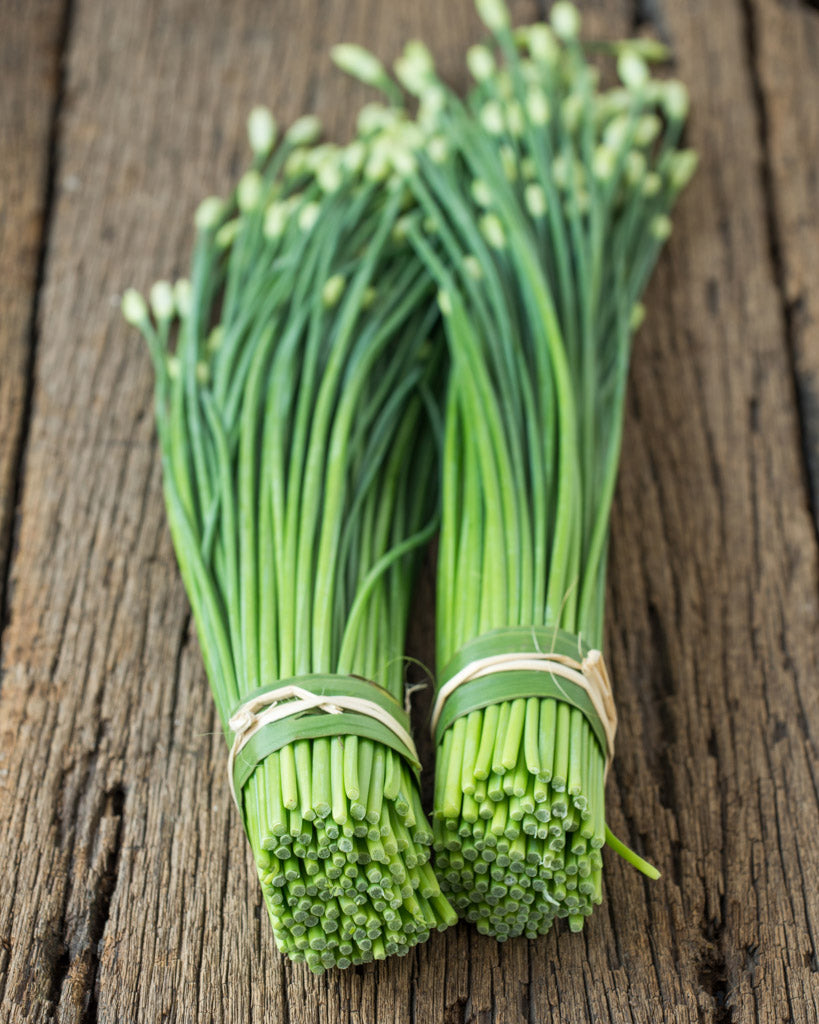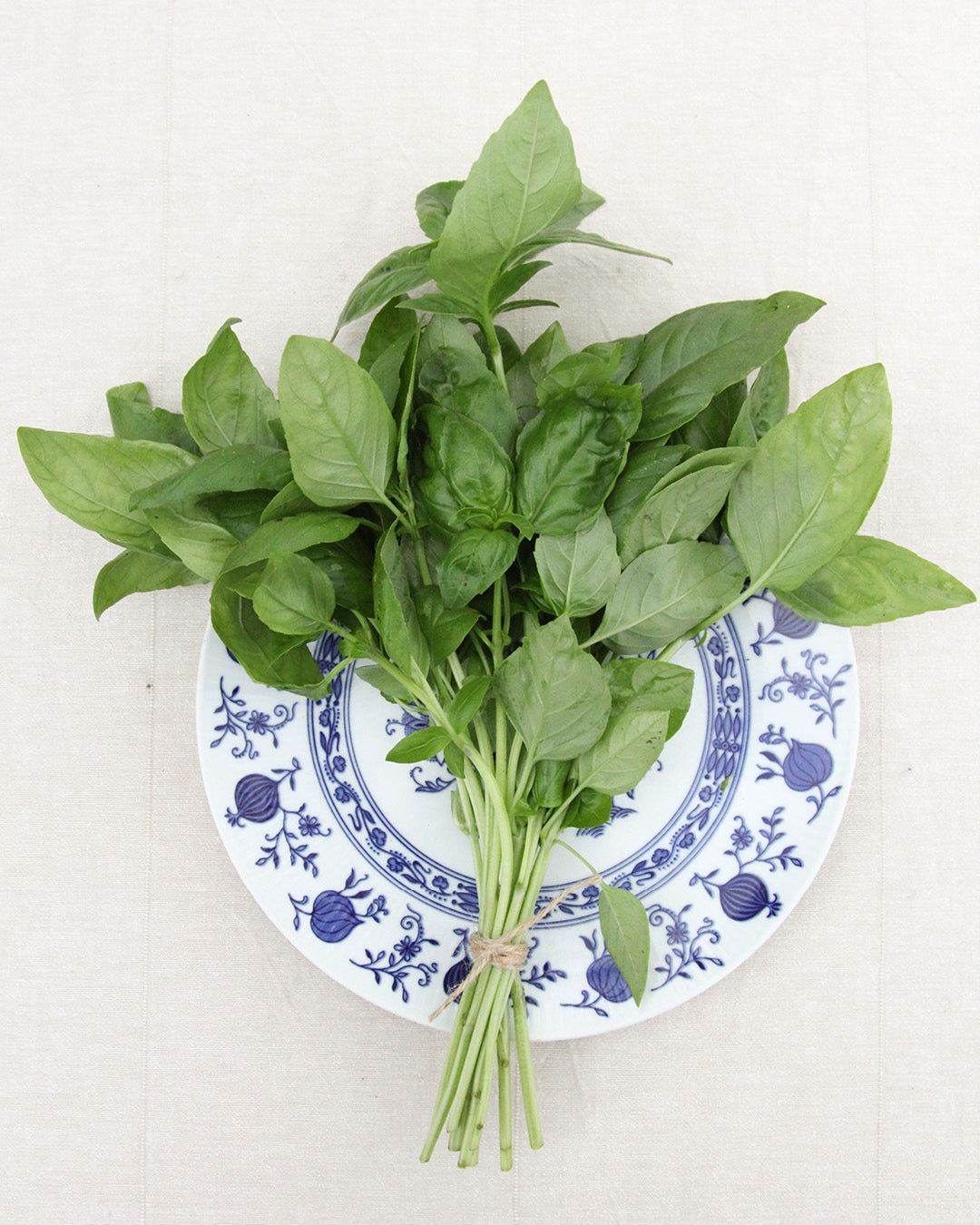Oregano – aromatisches Würzkraut für Garten und Küche
Culinary circles say oregano is the most important herb in Mediterranean cuisine. Since there are many different varieties, there is a wide variety of cultivation options, but all oregano varieties have the same aromatic leaves.

Cultivation and propagation – what should you pay attention to?
Choose a sunny location for your oregano, ideally with lean, dry soil with a fairly high lime content. Leave a distance of 15 to 20 cm between each plant, and up to 60 cm of space between the plants.
It is recommended that you do not grow your own oregano plants, but rather purchase pre-grown young plants from a specialist retailer. Always look for strong young plants of the various species. The best time to plant is in spring, as soon as there is no longer any risk of night frost. Oregano is also ideal for the vegetable garden. Vegetables such as carrots and all types of cabbage make ideal neighbors. All oregano species are winter hardy, but if grown in pots, it is recommended to protect the plants from frost in winter. Due to their low soil requirements, these often very decorative plants are ideal for rock gardens. Oregano plants can also be used as ground cover or to border paths and patios. Cutting them back at the end of the season will prevent your oregano from becoming overgrown.
Harvesting and preserving – when, what and how best?
Oregano is excellent for drying. The flowers can then be used in decorative arrangements. As with many other herbs, the flowering period is the best time to harvest, as this is when the aroma is at its most intense.
Otherwise, oregano shoots and leaves can be harvested more or less continuously from summer to fall. If you plan to dry the herb, it's best to cut it when you see the first flowers.
Use – What recommendations for herbal cooking?
Oregano has many uses. First of all, no pizza should be without it, as a light sprinkling of oregano gives any pizza that special something. The aroma is most effective when sprinkled on the pizza a little before baking and more afterward. The same applies to spaghetti Bolognese sauce! Otherwise, this herb goes well with tomato dishes, legumes, meat, and fish.
Application – What healing and caring effects?
Oregano is considered an effective remedy for loss of appetite, stomach and intestinal problems, and even food poisoning. In the past, a mixture of olive oil and oregano was often used for toothache.

Botanical – What kind of plant is this?
Oregano is a perennial herbaceous plant in the mint family. Its characteristic features are its tart, aromatic scent and flavor. Originally native to the Mediterranean region, this herb quickly became an integral part of Greek, Spanish, Turkish, and Italian cuisine.
Varieties – Which are recommended?
Of the different species and varieties, some are slightly woody subshrubs, while others are shrubs.
– Native oregano: Our native oregano, also known as marjoram or wild marjoram, can be found along roadsides or on poor, rocky soils. From July to September, it bears dark pink flowers that grow in dense umbels. However, in terms of aroma, our native oregano is less intense, as it is not as intense as other varieties available in specialty stores. So, if you're looking for that typical Mediterranean aroma, opt for these varieties instead.
– Greek oregano: Greek oregano has the classic oregano aroma with gray-green leaves and white flowers. It is therefore also ideal for cooking.
– 'Compactum': aromatic leaves with a strong fragrance, pink flower cushions. Due to its low growth, it is ideal as a ground cover and repels weeds.
– 'Aureum': mild aroma, decorative, golden leaves and pink flowers
– 'Herrenhausen': tall, upright growth, pretty red-violet flowers and dark green leaves, attracts butterflies
– Small-leaved oregano: evergreen subshrub with very aromatic leaves and white flowers
Interesting facts – What else is there to learn?
In the Middle Ages, oregano was considered a witch's repellent and was supposed to protect against the evil clutches of the devil. This made it an important herb, especially for superstitious people. Oregano was also used to try to free witches from their connection to the devil by shoving the spice under their noses.
The plant was given the nickname Wohlgemut (good spirit) because it was said to restore people with extinguished zest for life to their former joy of life.
When two people got married, a little oregano was often placed in the bride's shoe or tied into the bridal bouquet to protect the new couple from bad influences.
TEXT: Carina Naeve

